Assessing College-Credit-in-High-School Programs as On-Ramps to Postsecondary Career Pathways for Underrepresented Students
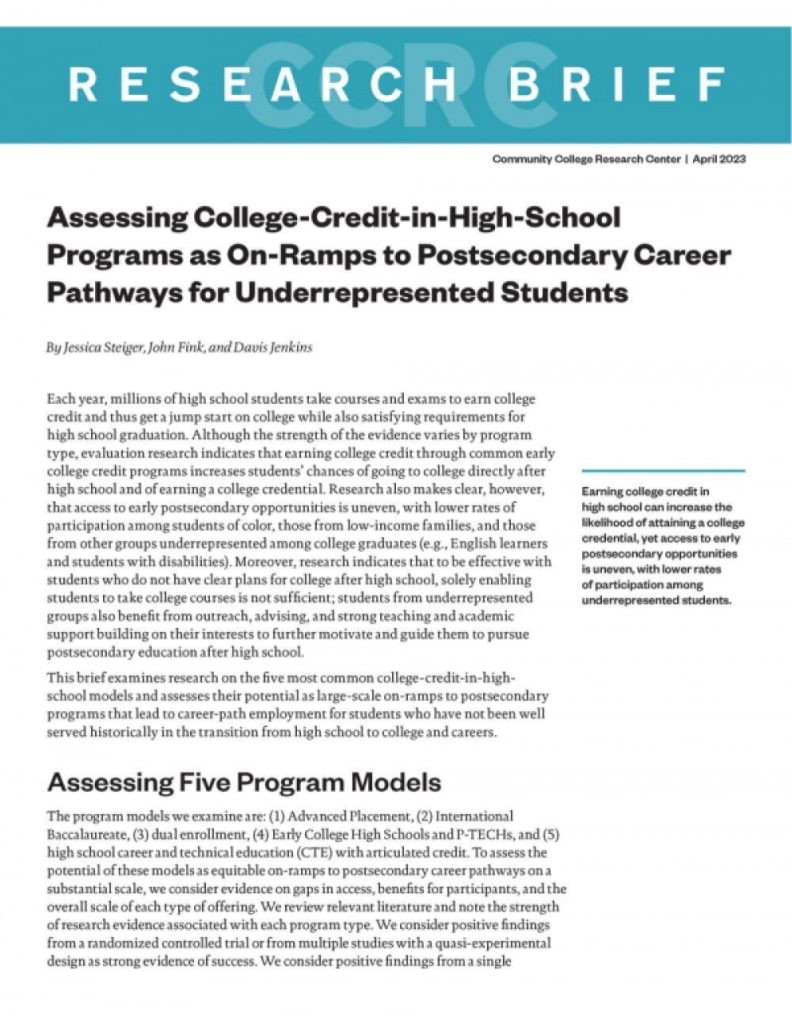
This brief examines research on five programs—AP, IB, dual enrollment, ECHSs and P-TECHs, and high school CTE with articulated credit—and assesses their potential as large-scale on-ramps to high-quality postsecondary programs for underrepresented students.
How Can Community Colleges Afford to Offer Dual Enrollment College Courses to High School Students at a Discount?
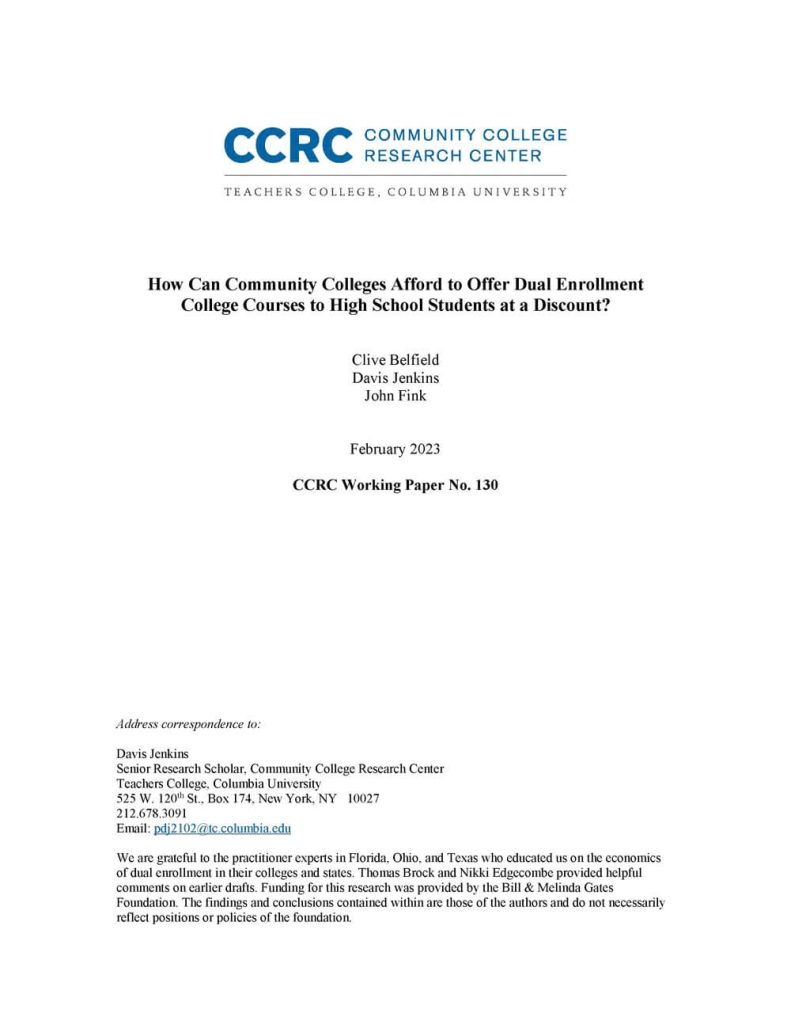
Using three case studies, this paper examines the conditions under which dual enrollment programming could be made sustainable through efficiency gains, even for colleges that charge discounted tuition (or none at all)
The Role of Higher Education in High School Math Reform
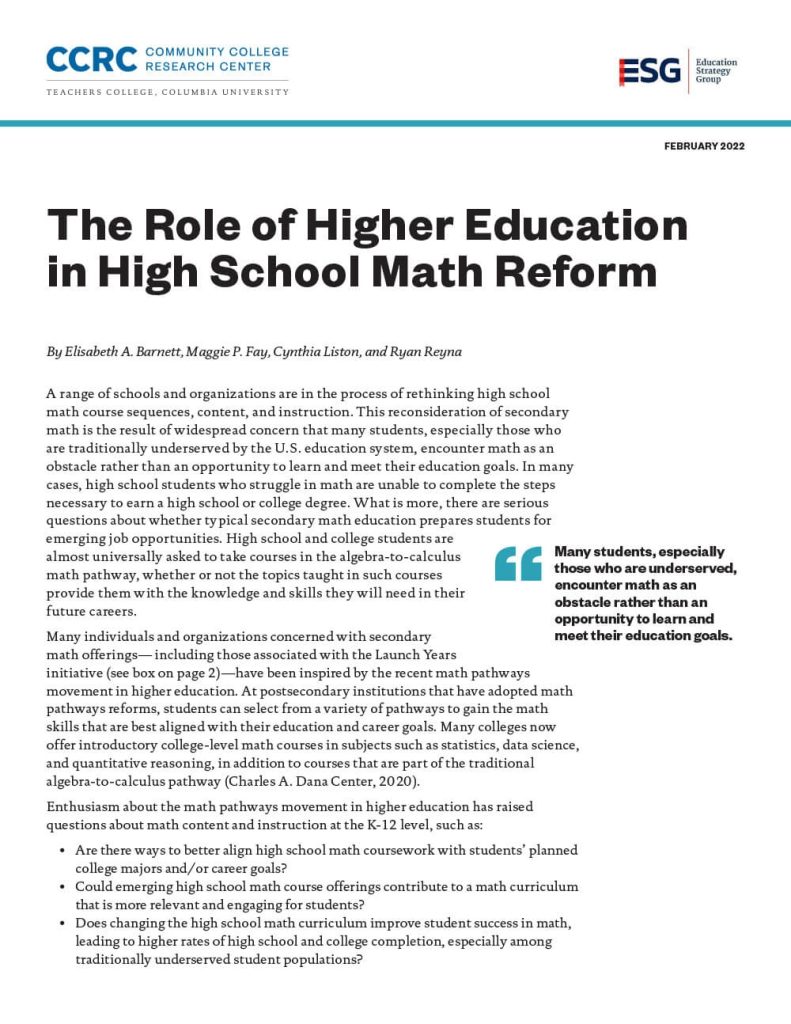
Based on interviews with educators who are rethinking and revising secondary math coursework, this report describes the role of higher education in influencing high school math reform nationally and in three particular states.
Happy Together? The Peer Effects of Dual Enrollment Students on Community College Student Outcomes
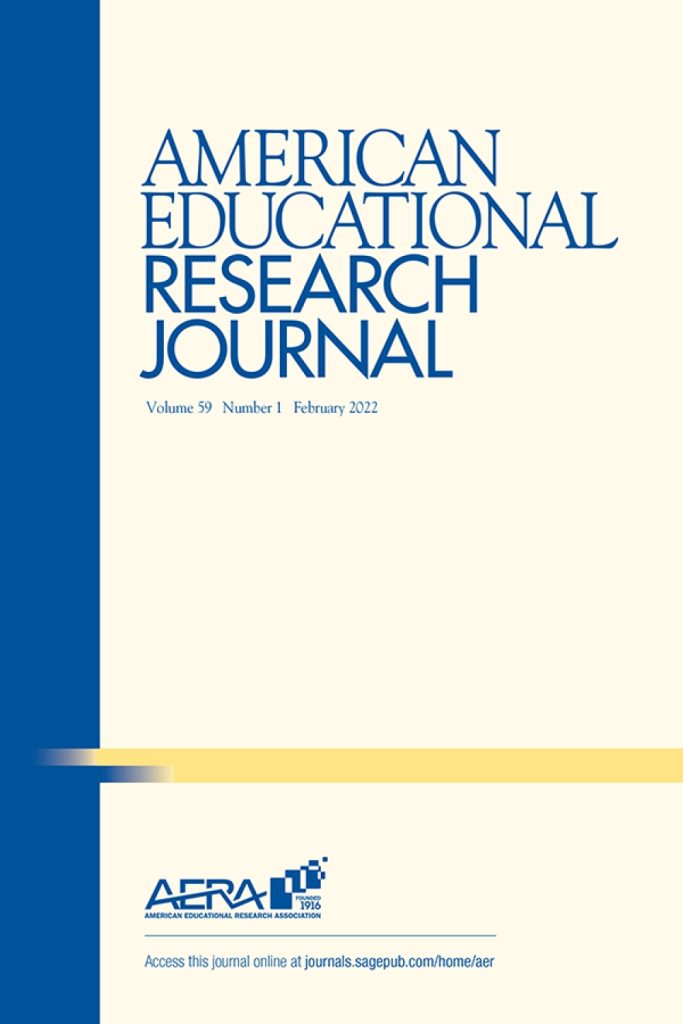
Using administrative data from a large state community college system, this paper examines whether being exposed to a higher percentage of dual enrollment peers influences non-dual enrollment enrollees’ performance in college courses.
College Acceleration for All? Mapping Racial/Ethnic Gaps in Advanced Placement and Dual Enrollment Participation
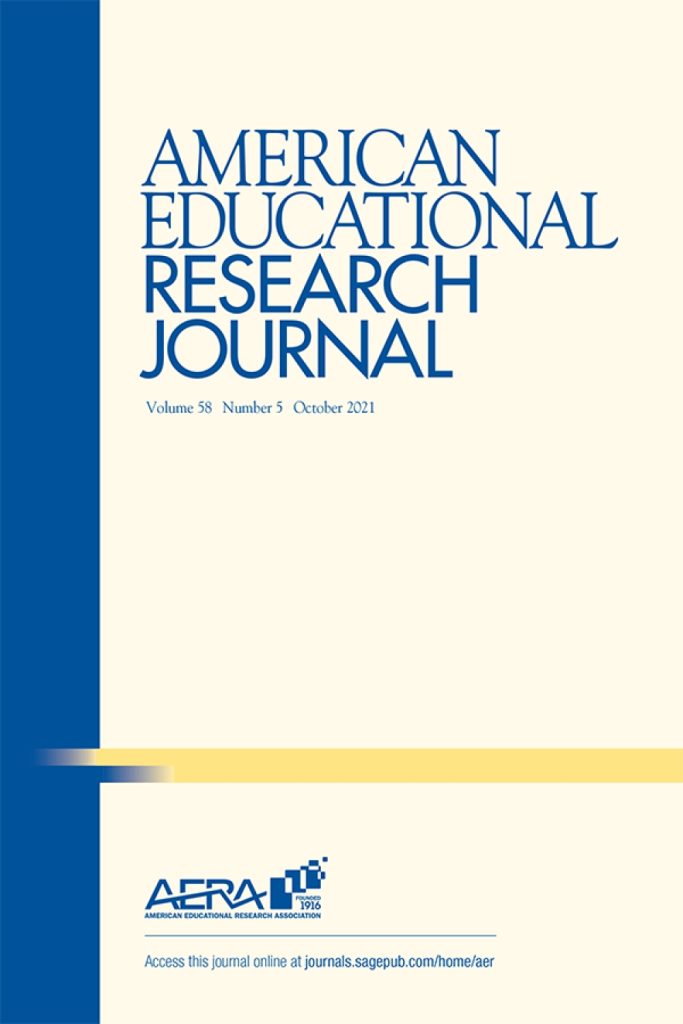
This paper estimates the patterns and sources of White–Black and White–Hispanic enrollment gaps in Advancement Placement (AP) and dual enrollment programs across several thousand school districts and metropolitan areas in the United States.
